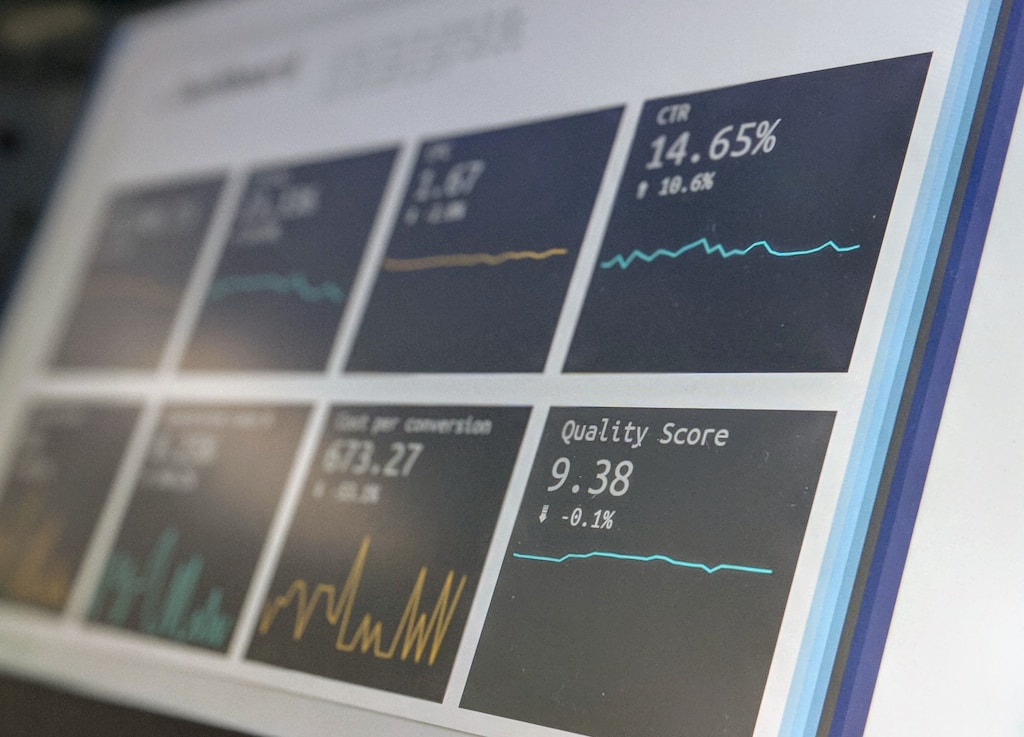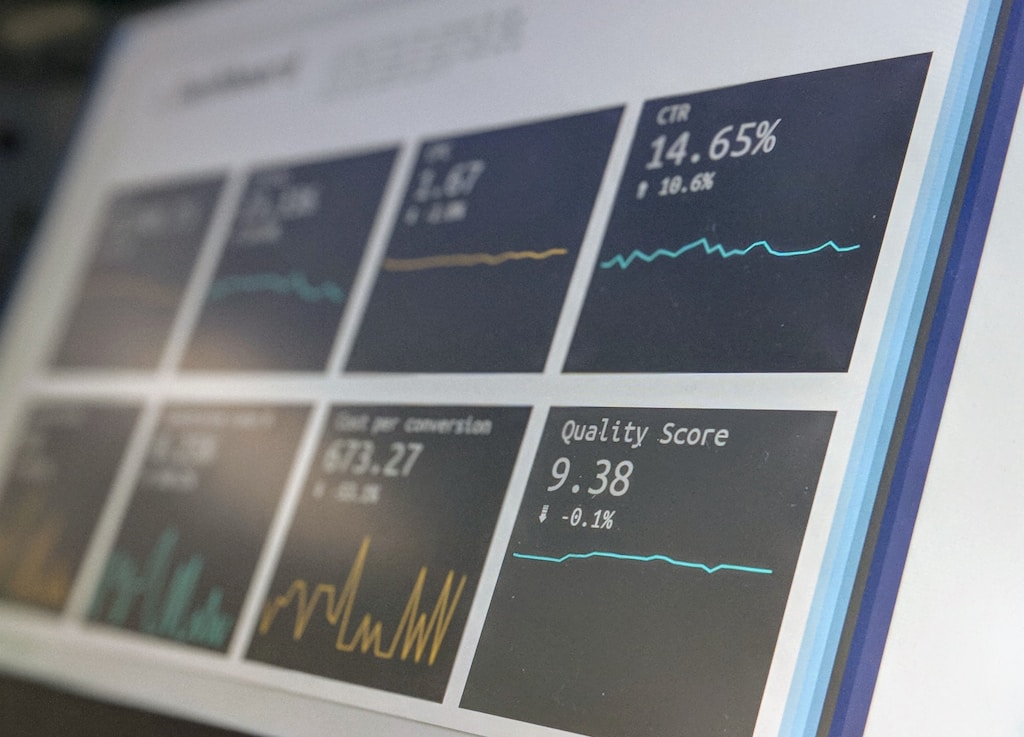The potential for Ethereum (ETH) to reach an ambitious $20,000 price target is generating significant discussion in the crypto community, with industry experts emphasizing real-world adoption as the critical driver. This analysis comes at a crucial time, as Ethereum has faced significant price volatility in Q1 2025, making the path to such heights particularly relevant.
Real-World Adoption: The Foundation for Growth
Ryan Berckmans, a prominent Ethereum investor, argues that practical utility and widespread adoption are essential for ETH to achieve the $20,000 milestone. His analysis suggests that high network fees, traditionally viewed as a limitation, actually demonstrate user confidence in the network’s value proposition.
SPONSORED
Trade Ethereum with up to 100x leverage and maximize your potential returns
The Fee Value Proposition
Berckmans presents a compelling comparison with Bitcoin, noting that despite 99% of BTC activity occurring on centralized platforms, it maintains substantial value. This observation suggests that Ethereum’s path to $20,000 may not necessarily depend on fee value accrual alone, but rather on broader ecosystem growth and utility.
Scaling Solutions and Network Growth
The expansion of Layer 1 applications and enhanced Layer 2 integration emerges as a crucial factor in Ethereum’s growth trajectory. This multi-layer approach to scaling is vital for accommodating increased network activity while maintaining efficiency.
Frequently Asked Questions
What factors could drive Ethereum to $20,000?
Key drivers include increased real-world adoption, robust network activity, scaling solution implementation, and growing institutional interest.
How important are network fees to Ethereum’s value?
While high fees indicate network demand, sustainable growth requires balancing fee revenue with accessibility through scaling solutions.
What role do Layer 2 solutions play?
Layer 2 solutions are crucial for scaling Ethereum’s capacity while maintaining decentralization and security.
Looking Ahead: The Path to $20,000
As Ethereum celebrates its 10th anniversary, the network stands at a critical juncture. Success in reaching the $20,000 target will likely depend on:
- Continued development of real-world applications
- Successful scaling implementation
- Growing institutional adoption
- Enhanced network utility
Time to read: 5 minutes





